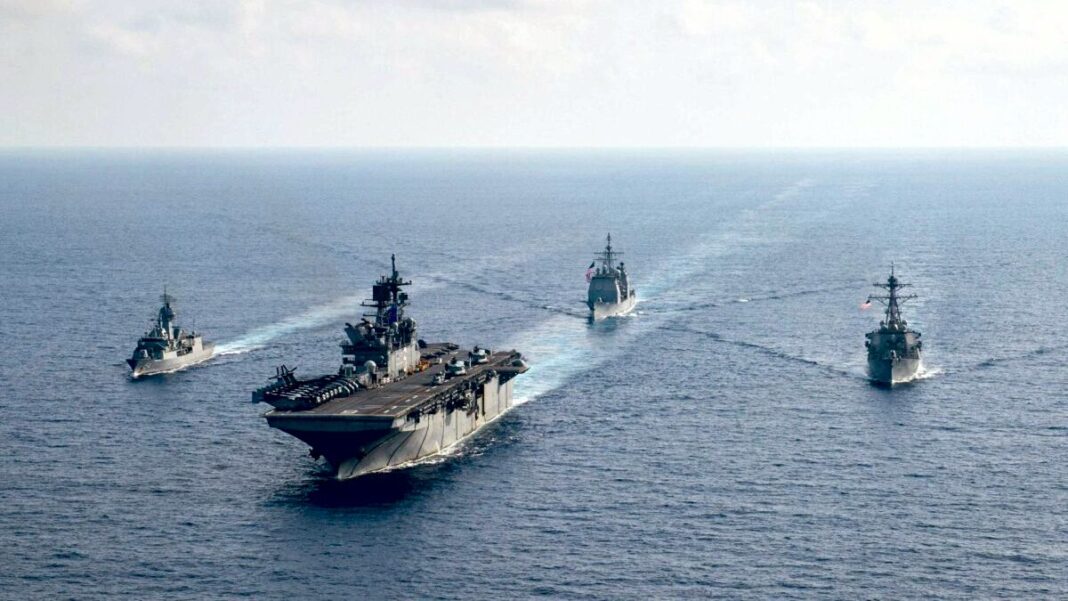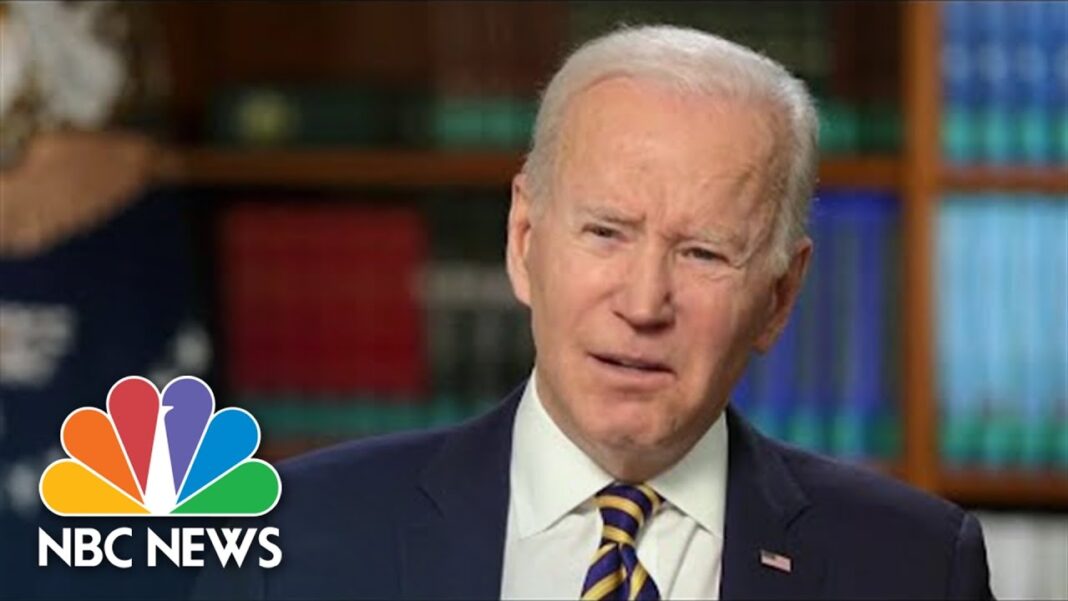
The White House released its long-awaited Indo-Pacific Strategy on Feb. 11, outlining how it plans to deal with the increasing adventurism of the Chinese Communist Party (CCP) and to better secure and improve the region for the international community.
In an associated statement, the White House said that interest in the region from partners and allies was converging, and that the realm would play a critical role in the future development of the United States both economically and diplomatically.
“This convergence in commitment to the region, across oceans and across political-party lines, reflects an undeniable reality: the Indo-Pacific is the most dynamic region in the world, and its future affects people everywhere.”
The strategy, as such, focuses on five key concepts: That the Indo-Pacific ought to remain free and open, connected, prosperous, secure, and resilient.
Across these concepts, the strategy outlines various broad actions that the Biden administration intends to take in the region, including a plethora of investments in democratic institutions abroad and efforts to ensure that commons such as the skies and seas are navigated in accordance with international law.
The strategy centers on the United States’ intent and continued ability to leverage its relationships with partners and allies in the region to counter growing adventurism from the CCP.
“The PRC is combining its economic, diplomatic, military, and technological might as it pursues a sphere of influence in the Indo-Pacific and seeks to become the world’s most influential power. The PRC’s coercion and aggression spans the globe, but it is most acute in the Indo-Pacific,” the strategy reads, referring to the country’s official name, the People’s Republic of China.
“Our collective efforts over the next decade will determine whether the PRC succeeds in transforming the rules and norms that have benefitted the Indo-Pacific and the world.”
The statement is important for clearly defining the CCP as the foremost challenge in the region, and stating plainly that the administration considers the competition between the two nations as nothing less than a battle between differing visions for the future of the global order.
“We recognize the limitations in our ability to change China, and therefore seek to shape the strategic environment around China by building a balance of influences that advances the future we seek, while blunting Beijing’s efforts to frustrate U.S. objectives and those of our partners,” a senior administration official said during a Feb. 11 press call.






